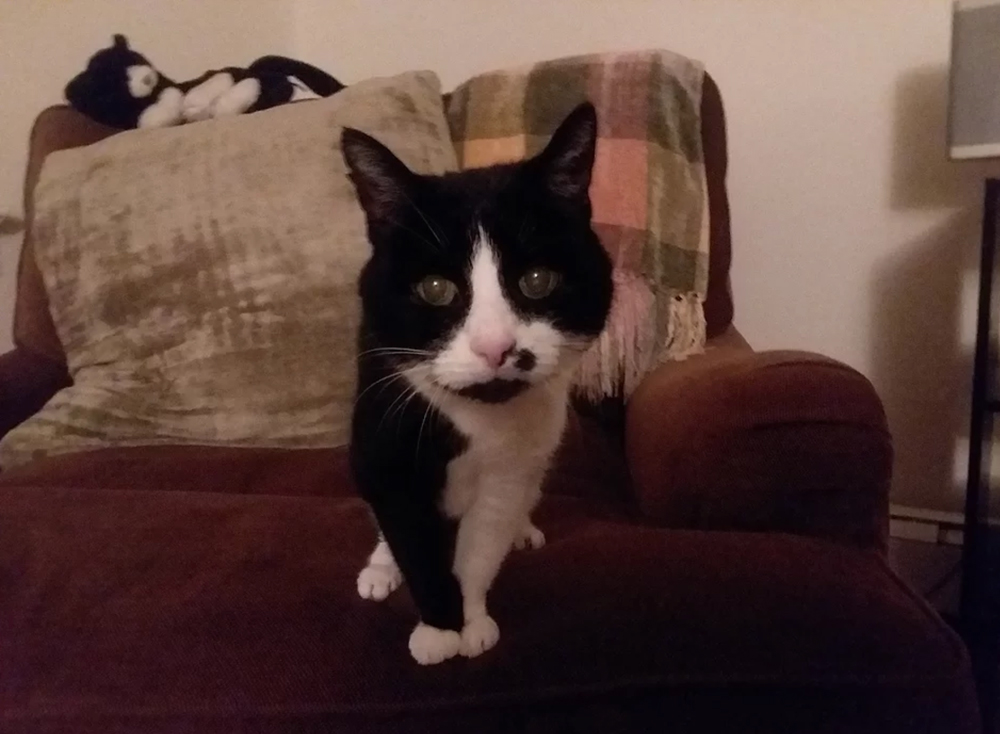Two dozen cedar waxwings landed on a tree in our neighbor’s backyard. My husband and I shared binoculars back and forth, admiring their markings and the rare opportunity to witness a museum’s migration. [Yes, a flock of waxwings is called a museum.]
In researching these birds, we discovered a sweet behavior. Waxwings share the red berries they eat and have even been cited passing one, beak to beak, down an entire line of birds. It’s also part of the mating ritual for a male to give a berry to a female, she to give it back to him, and so on, until she finally accepts it and, presumably, him.
The appearance of a generous, community-based species at this moment in time underscored a new level of selflessness to which I’m feeling called lately. It’s a level of letting go that’s neither easy nor comfortable. In fact, for me, it’s quite the challenge.
This release of self is at the level of the ego—the keeper of opinions, judgments, and thoughts, with a “my will be done” approach. It often operates out of fear, particularly fear of loss. And it doesn’t have to be overinflated to the point of arrogance to cause unhappiness, disharmony or agitation.
I’d use the term egoism to describe my experience. When I’m preoccupied with myself and my own learning experiences, I adopt an Emma-centric view of the universe. For example, it’s easy for me to take things personally, obsess about having offended someone, judge others and myself too harshly, or see the world through the limited lens of my past.
I understand that this is common human behavior. And I’ve learned to be kind to myself while I grow and mature. But this ego-mechanism can interfere with being a clear channel of service to grace and love.
We all get to choose our thoughts and behaviors as well as our goals. My mission is to be available to serve all life, moment by moment. If I insist on seeing through the narrow viewfinder of my own mind, if I criticize myself or others, or if I buy into a fear of survival or failure, I risk losing this core purpose.
So, for me, now is a time of going more silent. I know some believe that not speaking out or not engaging in socio-political dialogue is a cop out, or even indicates complicity with criminal behavior. I’d rather give freedom to those who hold their own opinions while I research a deeper way to serve humanity.
Perhaps I’m simply saying that I aspire to be more like the waxwing, silently passing a red berry to my neighbor.
Photo by Gary Bendig on Unsplash

